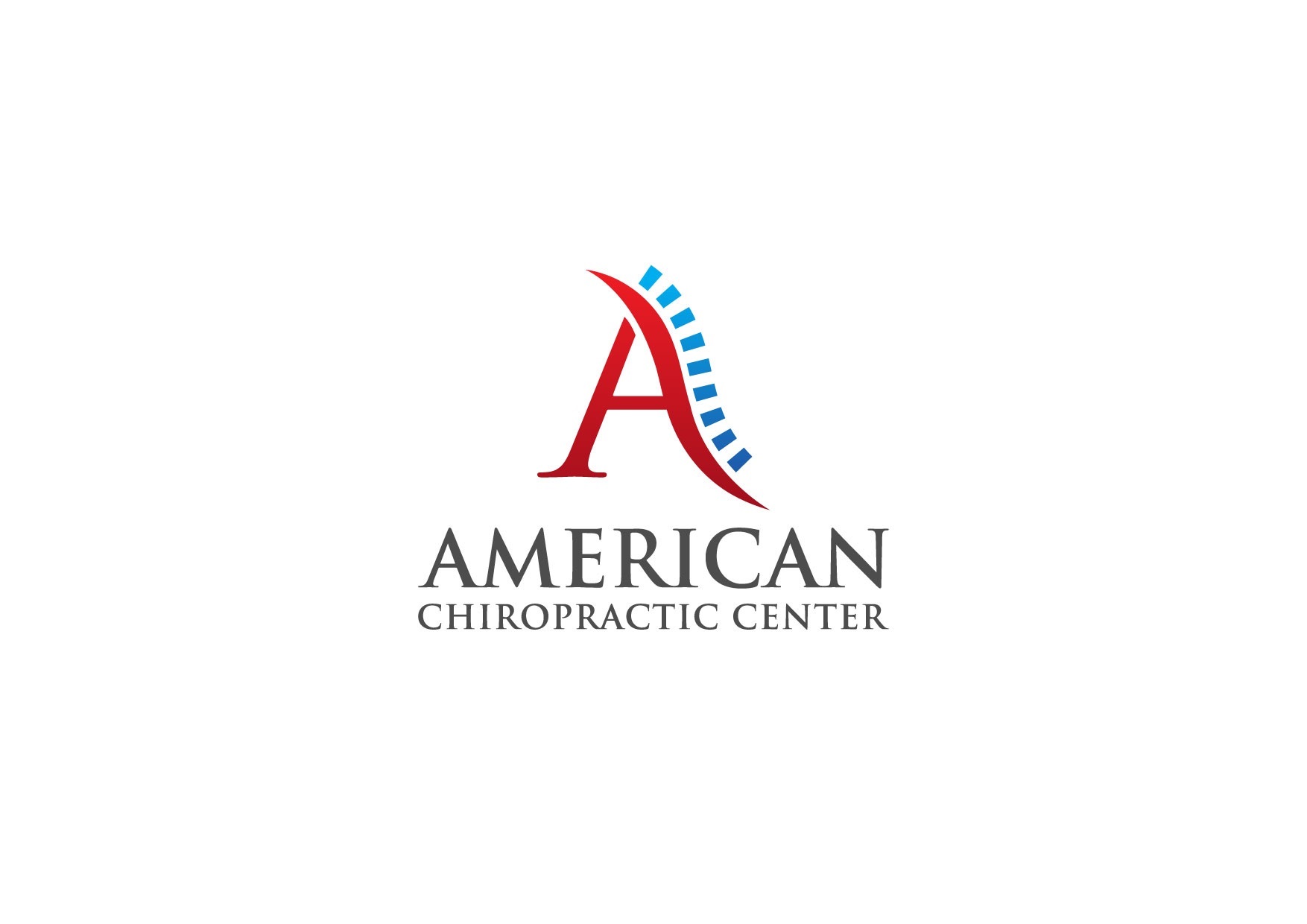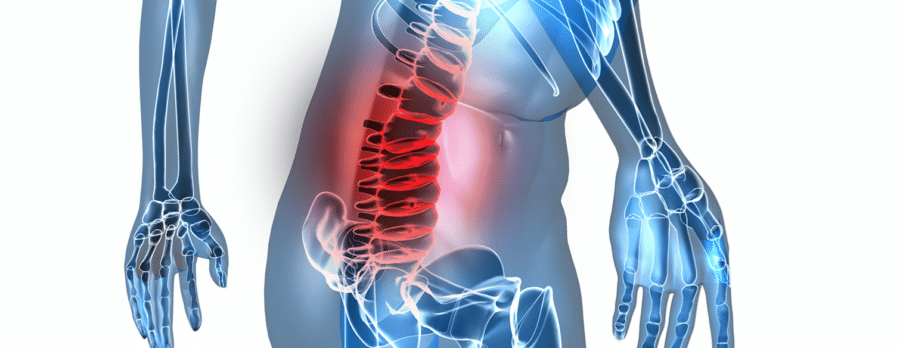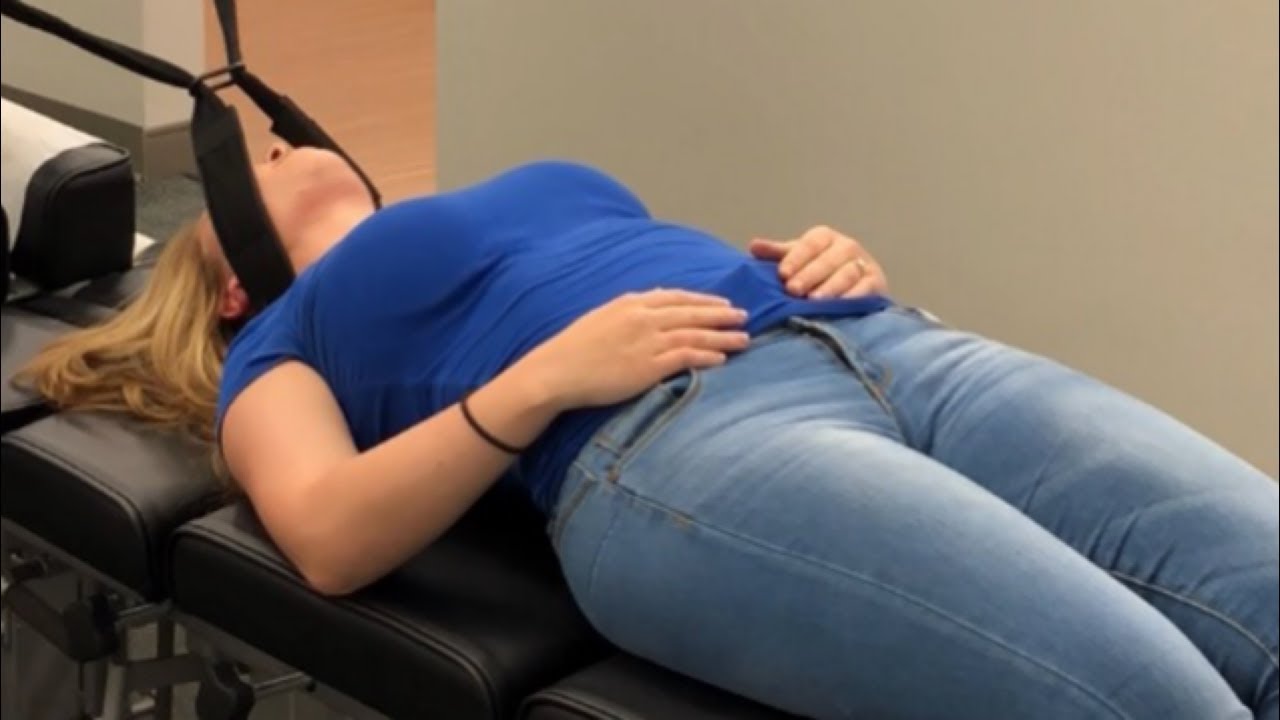Neck Pain
5 Myths and Truths About Minimally Invasive Spine Surgery | news
WEST ORANGE, NJ, June 23, 2021 / PRNewswire-PRWeb / – If you have chronic back or neck pain that has not responded to conservative measures, you may be wondering whether surgery is an option. But there are many myths about minimally invasive spinal surgery (MISS) that might otherwise deter you from this popular and beneficial surgical option, so Kaixuan Liu, MD, PhD, Founder and President of the Atlantic Spine Center.
In minimally invasive surgery, small tools called retractors are used to access the spine with incisions of just an inch or less. These are placed in the tiny incisions to gently push away soft tissue and remove bone or disc material that encounters spinal nerves. In contrast to so-called open surgery, which requires large incisions, a minimally invasive approach does not move, remove, or change large muscles, normal bone structures, or nerve bundles.
“Even if medication, physical therapy, or other non-surgical treatments are not enough to relieve long-standing back or neck pain, it can still be intimidating to consider a surgical solution,” said Dr. Liu who specializes in minimally invasive spine surgery. “That’s why it’s especially important to break the myths and know the truths about minimally invasive options.”
Top misperceptions
What are the most common myths about MISS? Dr. Liu sets out the top 5 and also explains the realities:
Myth # 1: Minimally invasive spine surgery is still experimental.
Truth: Far from it. MISS has been in use successfully since the 1990s, with constant technological progress only increasing its range. Highly technical, minimally invasive surgery requires special training from surgeons and operating room staff. In addition, the equipment needed for MISS procedures can be expensive, which means that some smaller hospitals cannot provide it. Ask your doctor if MISS is an option in your location.
Myth # 2: Few spinal disorders can be treated with minimally invasive surgery.
Truth: Since it began three decades ago, the use of MISS has expanded enormously for those whose back or neck pain persists for 6 to 12 months or more despite conservative treatments. It can treat conditions ranging from spinal canal stenosis (a narrowing of the spinal canal) to sciatica, herniated discs, and spondylolisthesis when a bony vertebra slips onto the underlying bone. “All of these conditions can be pinpointed with various diagnostic and imaging tests that surgeons can tell exactly where to get the best results,” says Dr. Liu.
Myth # 3: Even with minimally invasive spine surgery, a long recovery is necessary.
The truth: you will recover faster than you imagine – starting with the procedure itself, as it is usually performed on an outpatient basis. “Many people can stand up and walk straight away with minimal pain after minimally invasive spinal surgery, and most go home within hours,” says Dr. Liu. “You can usually get back to work within a week or two, and some people do all of their previous activities within 6 weeks.”
Myth # 4: If I am undergoing minimally invasive spine surgery, I will not need physiotherapy.
Truth: While MISS can rid us of many of the potential pitfalls of traditional surgery, patients still need to be willing to strive for the fullest possible recovery. This may include physical therapy to strengthen the muscles around the spine and improve flexibility, a therapy that is often introduced 2 to 6 weeks after surgery. “Whether or not physiotherapy is necessary depends on the individual circumstances of each patient,” explains Dr. Liu. “Many find that physical therapy speeds their overall recovery and makes them feel better even faster.”
Myth # 5: MISS has no advantages compared to open surgery.
Truth: While any type of surgery carries risks, minimally invasive spine surgery offers many advantages over traditional surgeries. Because the incisions are small and trauma to the surrounding tissues is minimized, with MISS you can expect less pain and blood loss and a much faster recovery. “There is also a lower risk of needing a blood transfusion and a better cosmetic outcome with a minimally invasive approach,” says Dr. Liu. “You are less likely to get infected and should recover much faster in the days and weeks after surgery than if you had a long-incision procedure.”
Atlantic Spine Center is a nationally recognized leader in endoscopic spine surgery with multiple locations in New Jersey and NYC. http://www.atlanticspinecenter.com, http://www.atlanticspinecenter.nyc
Kaixuan Liu, MD, is a certified physician from the Atlantic Spine Center. He is trained in minimally invasive spinal surgery.
Media contact
Melissa chefec, MCPR, LLC, 2039686625, [email protected]
SOURCE Atlantic Spine Center

We understand how important it is to choose a chiropractor that is right for you. It is our belief that educating our patients is a very important part of the success we see in our offices.
Neck Pain
Re: Chronic Pain: Management focuses on the individual, not the pain.
Dear Editor
Chronic pain management focuses on the individual, not the pain.
I am very pleased with the review by Kang and colleagues [1]. I write as a spinal pain specialist whose patients had an average episode duration of pain pain of 2.5 years [2] for low back pain and 1.3 years for neck pain [3]. These studies confirm that Kang et. al. noted the significant extent of spinal and extraspinal pain, sleep disturbance, and psychological distress. I also recognize the ‘heartsinks’ who have seen many consultants for a variety of complaints, and those with hypersensitivity. I do accept that some patients need further investigations, but it can be done in a way that does not cause further anxiety. To ensure that intensive rehabilitation is not contraindicated. By showing a genuine interest in the family, job and interests of the individual, you can begin to build confidence and hope for the clinical path being recommended.
The review ignores trauma’s effects on some people, causing their pain to begin, and for others, a major factor. Thirteen percent of patients with neck pain who presented to my clinics had a traumatic origin with a missed break and significant psychological comorbidity. Subsequently, it became clear that post-traumatic distress (PTPD), [a term used because post-traumatic stress may require specialist knowledge for diagnosis] can be present in rheumatological practices [4] and with the increasing influx of refugees in the UK [5], more patients are being diagnosed with PTPD. This can have major effects on families [5]. PTPD is commonly seen in medicolegal situations where accidents have caused major destruction to the lives of individuals and their families, including divorce [6]; and is often associated mood disturbances [6].
Kang et. al. correctly mention that sleep disorders are important in the management chronic pain [1], however, two important aspects of a’sleep story’ must be identified. It is important to ask the individual what they are thinking about when they lie awake in bed at night. This may provide clues as to social or family stress. Second, you should ask about their nightmares and dreams, especially if they are unpleasant. These often involve reliving trauma or accidents. When asked about nightmares, people who deny any unpleasant memories during direct questioning may reveal clues. The presence of PTPD can be important because it opens up therapeutic opportunities with psychological support and medications.
My experience in rehabilitation medicine over the years has taught me that to fully assist our disadvantaged clients, social issues must be resolved before psychological issues, and psychological issues must be resolved before physical issues!
References
1. Kang Y et. al., Chronic Pain: Definitions and Diagnosis. BMJ (Clinical Research ed. ), 2023. 381: p. e076036.
2. Frank A. et al. A cross-sectional study of the clinical and psychosocial features of low back injury and the resulting work handicap: Use of the Quebec Task Force Classification. Int J Clin Pract, 2000; 54(10) p. 639-644.
3. Frank A, De Souza L and Frank C. Neck Pain and Disability: A Cross-sectional Survey of the Demographic and Clinical Characteristics of Neck Pain Seen in a Rheumatology Clinic. Int J Clin Pract 2005; 59(doi: 10.1111/j.1742-1241.2004.00237.x): p. 173-182.
4. McCarthy J. and Frank A. Posttraumatic psychological distress can present in rheumatology. BMJ 2002. 325(27 July): p. 221-221.
5. Frank A. Refugee status: a yellow-flag in managing back pain. BMJ 2007;334(13 Jan): p.58-58.
6. Frank A. Psychiatric effects of road traffic accidents: often disabling, and not recognised (letter). BMJ 1993, 307(13th Nov): p.1283.

We understand how important it is to choose a chiropractor that is right for you. It is our belief that educating our patients is a very important part of the success we see in our offices.
Neck Pain
Landmark Trial: Opioids No Better Than Placebo for Back Pain
The first randomized controlled study testing the efficacy of a short course opioids for acute nonspecific neck/low back pain suggests that opioids do not relieve acute neck or low back pain in the short-term and can lead to worse outcomes over the long-term.
After 6 weeks there was no significant difference between the pain scores of patients taking opioids and those who took a placebo. After one year, the pain scores of patients who received placebos were slightly lower. After 1 year, opioid users were also at a higher risk of opioid abuse.
Senior author Christine Lin, Ph.D., from the University of Sydney told Medscape Medical News that this is a “landmark trial” with “practice changing” results.
Lin explained that “we did not have any good evidence before this trial on whether opioids are effective for acute neck or low back pain, but opioids are one of the most commonly prescribed medicines for these conditions.”
Lin stated that based on these results “opioids shouldn’t be recommended at any time for acute neck and low back pain,”
The results of the OPAL study have been published online in The Lancet on June 28.
Rigorous Test
The trial was conducted at 157 primary care and emergency departments in Australia, with 347 adults who experienced low back pain or neck pain for 12 weeks or less.
They were randomly allocated (1:1) to receive guideline-recommended care (reassurance and advice to stay active) plus an opioid (oxycodone up to 20 mg daily) or identical placebo for up to 6 weeks. Naloxone is given to prevent opioid-induced constipation, and to improve blinding.
The primary outcome was the pain severity at six weeks, as measured by the pain severity subscale (10-point scale) of the Brief Pain Inventory.
After 6 weeks of opioid therapy, there was no difference between placebo and opioid therapy in terms of pain relief or functional improvement.
The mean pain score was 2.78 for the opioid group at 6 weeks, compared to 2.25 for the placebo group. (Adjusted median difference, 0.53, 95% CI -0.00 – 1.07, P=.051). At 1 year, the mean pain scores of the placebo group were lower than those of the opioid group (1.8 and 2.4).
The risk of opioid misuse was doubled at 1 year for patients randomly assigned to receive opioid therapy during 6 weeks as compared to those randomly assigned to receive placebo during 6 weeks.
At 1 year, the Current Opioid Use Measure (COMM), a scale that measures current drug-related behavior, indicated that 24 (20%) patients from 123 patients who received opioids, were at risk for misuse. This was compared to 13 (10%) patients from 128 patients in a placebo group ( p =.049). The COMM is a widely-used measure of current aberrant drug related behavior among chronic pain patients who are prescribed opioid therapy.
Results Raise “Serious Questions”
Lin told Medscape Medical News that “I think the findings of the research will need to be distributed to doctors and patients so they receive the latest evidence on opioids.”
“We must reassure doctors and their patients that the majority of people with acute neck and low back pain recover well over time (normally within 6 weeks). Therefore, management is simple – stay active, avoid bed rest and, if needed, use a heat pack to relieve short term pain. Consider anti-inflammatory drugs if drugs are needed,” Lin added.
The authors of the linked comment state that the OPAL trial raises serious questions regarding the use of opioids for acute neck and low back pain.
Mark Sullivan, MD PhD, and Jane Ballantyne MD, from the University of Washington in Seattle, note that clinical guidelines recommend opioids to patients with acute neck and back pain when other drugs fail or are contraindicated.
As many as two thirds of patients may receive an opioid for back or neck pain. Sullivan and Ballantyne say that it is time to reexamine these guidelines.
The National Health and Medical Research Council (NHMRC), the University of Sydney Faculty of Medicine and Health (University of Sydney Faculty of Medicine and Health) and SafeWork SA funded the OPAL study. The authors of the study have not disclosed any relevant financial relationships. Sullivan and Ballantyne have served as board members of Physicians for Responsible Opioid Prescribing (unpaid), and paid consultants for opioid litigation.
Lancet. Online published June 28, 2023. Abstract
Join us on Facebook or Twitter for more Medscape Neurology News.

We understand how important it is to choose a chiropractor that is right for you. It is our belief that educating our patients is a very important part of the success we see in our offices.
Neck Pain
‘I tried acupuncture for back and neck pain even though I’m afraid of needles–and it’s literally the only thing that’s ever worked’

We understand how important it is to choose a chiropractor that is right for you. It is our belief that educating our patients is a very important part of the success we see in our offices.
-

 Sciatica3 years ago
Sciatica3 years agoSciatica exercises pictures – Best Exercises For Sciatica Pain Relief
-

 Sciatica4 years ago
Sciatica4 years ago10 Piriformis Stretches to Alleviate Sciatica, Hip, and Lower Back Pain
-

 Sciatica4 years ago
Sciatica4 years agoCan your sciatic nerve cause abdominal pain
-
Chiropractor Near Me9 years ago
The best ways to Find the very best Chiropractor Near Me?
-

 Sciatica3 years ago
Sciatica3 years ago5 Best Cream for Sciatica Pain
-
Chiropractor Near Me9 years ago
Looking for a Chiropractor In My Area?
-

 Sciatica4 years ago
Sciatica4 years agoHow to Sleep with Lower Back Pain and Sciatica Nerve Pain Relief At Night
-

 Sciatica4 years ago
Sciatica4 years agoAcupressure points for sciatica












